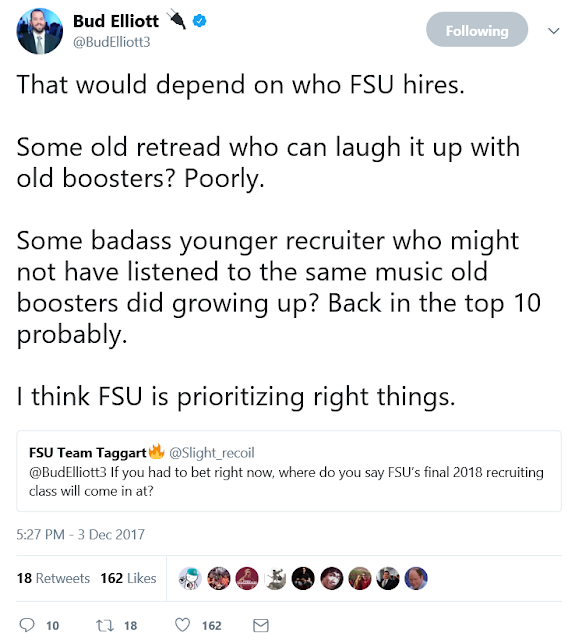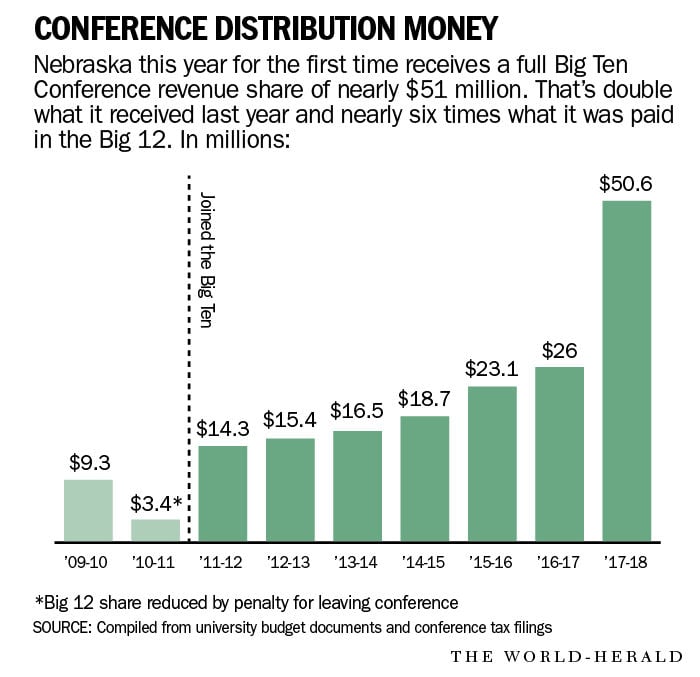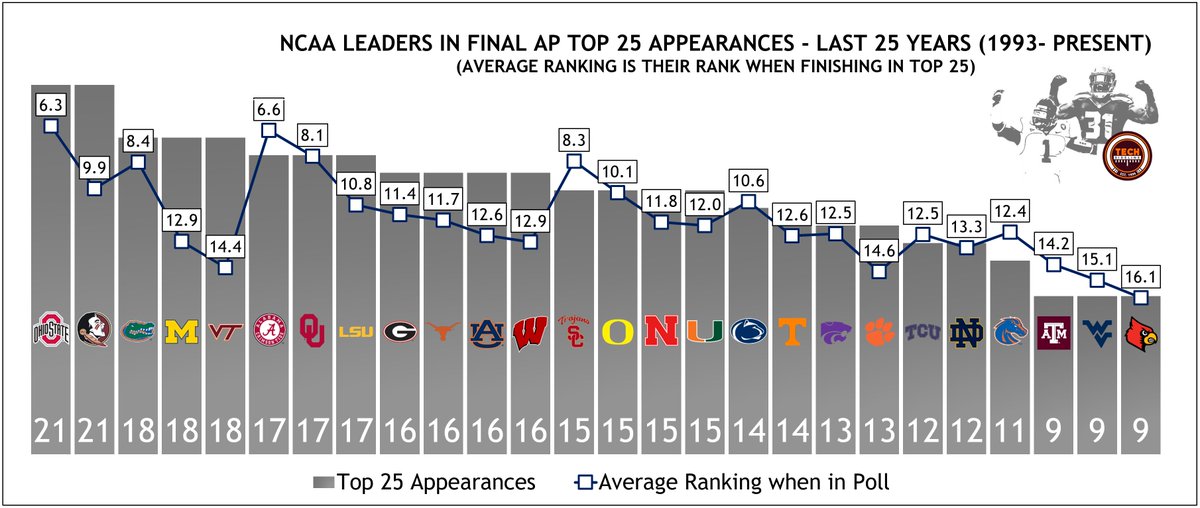Nice article. Always laugh how the local area thinks it is about 'Tallahassee.' It's not, this is ALL FSU research but the area seems so reluctant to acknowledge this. That is one of the reasons, Tally fails to do more than it should.
http://www.tallahassee.com/story/news/money/2018/01/20/magnetic-technologies-tapped-tallahassees-path-riches/1043988001/
“We are the largest magnetic ecosystem in the world today, but we have not been able to sell this like we should,” said Ricardo Schneider, president and CEO of Danfoss Turbocor. “We need to go out and promote it and attract companies."
The world's leading producer of energy-saving compressors, Danfoss employs 25,000 people in more than 100 countries. It chose Tallahassee because of the MagLab. Within less than a decade, its workforce here swelled from 30 to 200 employees representing two dozen countries.
Last year, it opened a new Application Development Center to much fanfare. The company also announced plans to open a new Research and Development Competence center at Innovation Park. The expansion could mean the addition of 120 high-paying jobs to Leon County, with an average pay of $90,000 annual salary.
It's a tangible example of what happens when research and development merge with corporate interest.
Tallahassee wants more Danfosses.
Schneider heads a newly formed Magnetic Task Force designed to do just that. It's pushing efforts for magnetic technologies to be an economic priority. They see it as a unique opportunity to snag the attention of targeted companies, from large corporations to startups, whose products and operations are rooted in magnetic research.
“I have been here for nine years. I have seen us try to recruit all kinds of companies with no success. If we do not have clear, what I call a rifle approach to a very specific group of companies that have something to do with magnetic technologies, our chances to succeed are very small,” Schneider said.
“We need to look for companies who naturally say, ‘That’s where I want to be.’”
Magnets everywhere
Computers rely on magnets. So do all motors that operate power windows in vehicles, office printers, airplanes and vacuum cleaners.
Most data is stored with magnets. Drones lift off the ground because of them, too.
Even the vibrate option on cell phones are powered by the rapid spinning of an off-balance rotor, which relies on a small motor powered by permanent and electromagnets.
Scores of scientists live and breathe magnets. At the MagLab, researchers are working to crack the code on improving permanent magnets, which are commonly used. However, Greg Boebinger, director of the MagLab, said that's not the laboratory's main goal. It harnesses the expertise to do the kind of work companies may one day rely on.
The MagLab racks up a $4 million annual utility bill. More than half goes toward studies in three basic areas — materials, energy and life sciences. It's made up of seven facilities on three sites: Tallahassee, the headquarters, the University of Florida in Gainesville and Los Alamos National Field Laboratory in New Mexico.
Proximity to Tallahassee's headquarters and its 700-plus employees could perk a company's interest, just like Danfoss.
"We have these assets and there are companies there that are probably not aware that we have Danfoss, the world’s largest compressor manufacturer that used magnetic bearings," said Boebinger, who serves on the Magnetic Task Force.
Now's the time for Tallahassee to flex its magnetic muscle.
Even though the MagLab attracts more than 5,000 visitors with its annual open house and accommodated 1,770 users from 321 institutions worldwide in 2016, companies aren't descending on Tallahassee like birds flying south for the winter.
"I don’t think the business community fully recognizes what’s here and what could come out of here,” said Gary Ostrander, vice president of research at Florida State University.
Research, infrastructure progress
Florida State is behind an $88-million Interdisciplinary Research and Commercialization Building. It won't be an incubator. However, space will be reserved for companies to conduct collaborative research with faculty members and use the facility's unique instruments, said FSU's Associate Vice President of Research Ross Ellington
Early renderings show a three-story, 120,000 square-foot building with a wet lab capable of supporting chemicals and materials in liquid form — a critical asset missing in Tallahassee now. It was designed by Boston-based Wilson Architects, who specializes in high performance science and engineering buildings.
"They are in the process of completing MITnano, which is a 200,000-gross-square-foot facility located at MIT in Cambridge, Massachusetts," Ellington said.
The Legislature awarded FSU $6.5 million toward the building's expenses. The university is committed to paying half and hopes the Legislature will consider paying the remainder.
Once built, this facility will be part of the sales pitch for Tallahassee's magnetic ecosystem.
Companies may find the facility, research and access to a diverse skilled workforce, including engineers coming out of the FAMU-FSU School of Engineering, too enticing to ignore.
To make itself ready for an opportunity, Innovation Park is undergoing a top-down restructuring of buildings and available space.
Or prospective companies might want to build outside the park. FSU believes the Interdisciplinary Research and Commercialization Building is a key component to creating the magnetic ecosystem.
Ostrander said, "It’s basically giving them an entry into the community."
A magnetic Silicon Valley
This discussion has been ongoing for years. Schneider urged the city to find a better way to market Tallahassee's magnetic potential to attract businesses. After Danfoss finished its first expansion in 2015, he realized a big-picture approach was missing.
He was convinced an orchestrated approach, one driven by the public and private sectors, would make a difference. Evidence of that can be seen in Boston, where an automotive ecosystem is anchored by clustered technology and in Silicon Valley, a software hub of tens of thousands of techies and culture-shifting companies like Apple, Facebook, Netflix and Tesla.
Tallahassee has the MagLab technology without the high cost of living associated with those other locations.
"We need to create in Tallahassee our ecosystem around magnetic technologies,” said Schneider. "Vision, strategy and execution is what is needed."
The MagLab has a huge annual economic impact for Tallahassee, the state and the nation. Here's a look at the numbers.
Tallahassee MSA area:
$90 million in economic output
$34 million in income
More than 1,150 jobs
Florida :
$121 million in economic output
$51 million in income
More than 1,200 jobs
U.S.:
$182 million in economic output
$73 million in income
More than 1,500 jobs
By 2033, the MagLab's economic impact is projected as
In Tallahassee:
$1.8 billion in economic output
$680 million in income
More than 23,000 jobs
Florida area:
$2.4 billion in economic output
$1.0 billion in income
More than 25,000 jobs
U.S.:
$3.6 billion in economic output
$1.5 billion in income
More than 31,000 jobs
Source: 2014 The Economic Impact of the National High Magnetic Field Laboratory, produced by the Center for Economic Forecasting and Analysis, Florida State University






